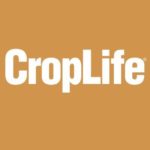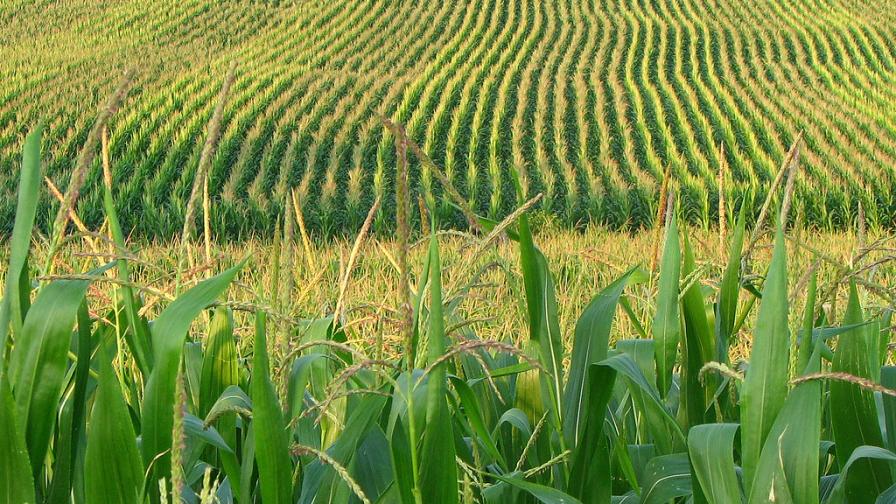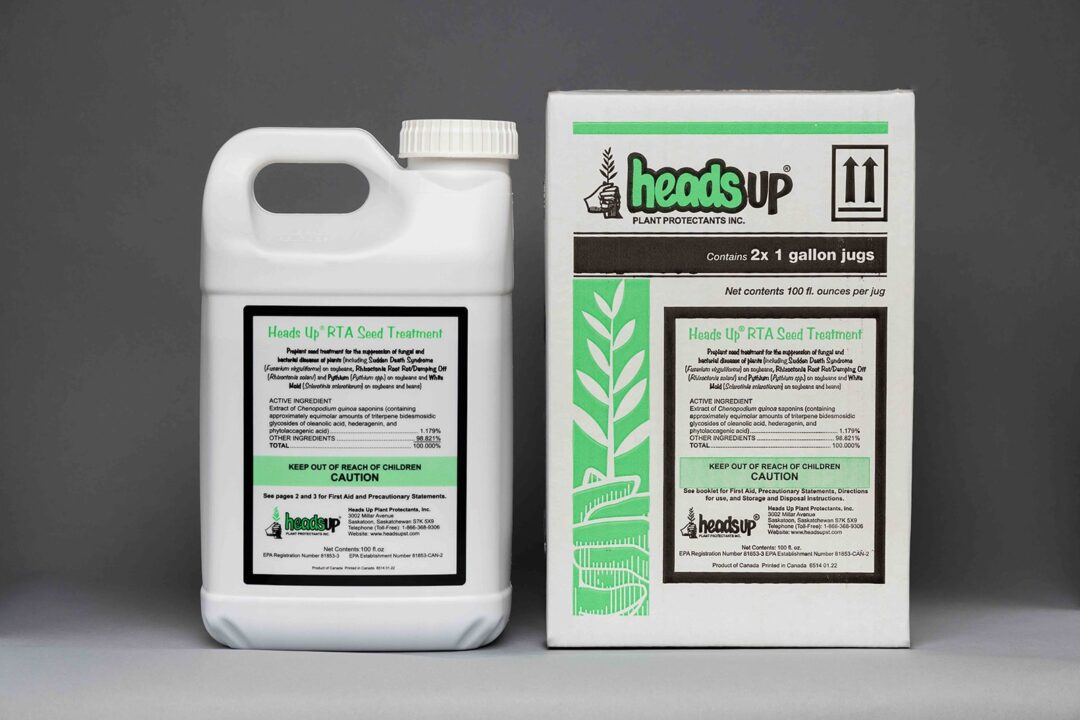Side Effect: Getting DDGS In Chicken Feed
Iowa State research shows poultry diets can contain high levels of an ethanol by-product.
The increased use of corn for ethanol production has contributed to a sharp increase in corn prices, translating into higher feed costs for livestock and poultry producers. Yet one way producers can benefit from the ethanol industry is to incorporate ethanol by-products into feed rations.
Several researchers at Iowa State are studying the use of dried distillers grains with solubles (DDGS) as a feed ingredient. A recent project showed laying hen diets can be formulated with high amounts of corn DDGS without adversely affecting egg production and egg quality.
“I think it’s interesting we could feed a diet with very little corn or starch products in it with such good results,” said Kristjan Bregendahl, assistant professor of poultry nutrition at Iowa State. Bregendahl supervised the study, which was conducted by Lane Pineda, a visiting graduate student from Wageningen University in the Netherlands.
Bregendahl says DDGS contains all the nutrients found in the corn kernel, except most of the starch, which has been fermented to ethanol and carbon dioxide. Corn DDGS typically contains about 27% crude protein and 10% oil, making it suitable as a feed ingredient for poultry and livestock.
Laying hens in the project were fed a diet with up to 69% corn DDGS. “In the past, only reports of feeding 15% to 20% corn DDGS have been available, but we showed we can feed as much as we want with no adverse effects on egg production or quality, as long as we have a nutritionally balanced diet,” he says.
Egg production decreased as more DDGS was included in the ration. Yet egg weight increased, so there was no significant change in overall egg output.
Feed consumption increased with higher levels of corn DDGS, which led to an increase in nitrogen and dry matter manure excretion. “However, because the manure application rate on farm land is increasingly determined by phosphorus content, increased nitrogen content adds fertilizer value without affecting the land area needed to apply the manure,” Bregendahl says.
Bregendahl says more research is needed with more hens to investigate potential long-term effects of feeding high levels of corn DDGS. However, even with the small number of hens in the study, he’s confident high levels of corn DDGS can be included in layer rations, as long as the nutrient and energy contents of all feed ingredients are known, and diets are formulated on a digestible amino acid basis.






